In a world of increasingly global markets, there's growing recognition of the importance of supporting local businesses—those with deep roots in our communities and connections to the land that span generations. At Spatial Reality Solutions Inc. (SRS), we're proud to announce our recent certification from Métis Nation-Saskatchewan (MN-S) as a Certified Majority Métis Ownership business. This certification not only validates our heritage but reminds us of the journey that brought us here—a journey that parallels Saskatchewan's own development and embodies the resilience, adaptability, and innovative spirit of our Métis ancestors.
Our commitment to enhancing community infrastructure, development, and the environment emerges organically from a family legacy of community service and infrastructure development that spans generations.
A Legacy of Connection and Navigation
Our story begins with John "Jack" Ballendine, born around 1791 to a Scottish (from Orkney) man and a Cree woman. Like many Métis of his time, Jack found his place as an intermediary between worlds, serving as a guide, interpreter, and eventually postmaster for the Hudson's Bay Company (HBC).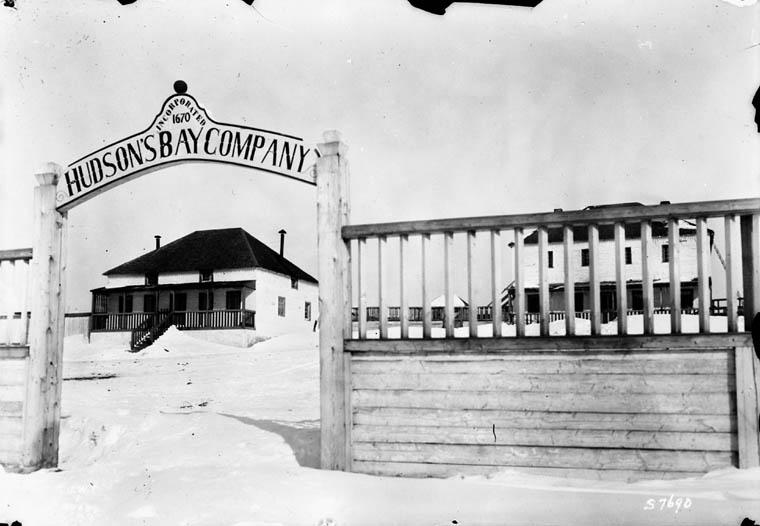 His work took him through the waterways and territories that would later become Saskatchewan, helping to map and connect the vast landscape that our company now maps with advanced technology.
His work took him through the waterways and territories that would later become Saskatchewan, helping to map and connect the vast landscape that our company now maps with advanced technology.
His son, Peter Ballendine, continued this legacy of connection. Born in 1836 at Cumberland House, Peter became an interpreter for the HBC and eventually served as an interpreter during the crucial Treaty 6 negotiations at Fort Carlton in 1876.
In 1868, Peter became the Post Master in Charge at Battleford, where he remained until his retirement from HBC service in 1874. That same year, he purchased land from Joseph Tanner (Kassissoway) on the south side of the Battle River—land that would later become part of the town site of Battleford. Peter's influence in the region continued to grow as he established himself as an independent Free Trader and later operated a stagecoach service connecting Battleford to the railroad. 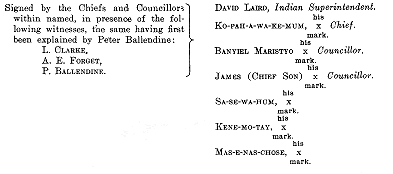 He was deeply involved in significant historical events, including a confrontation with Gabriel Dumont over Métis hunting laws and serving as a Justice of the Peace and Game Guardian in 1884, during the increasing tensions that would lead to the Northwest Rebellion of 1885.
At SRS, we see ourselves as modern-day interpreters—translating physical spaces into digital data that brings clarity and insight to our clients' projects.
He was deeply involved in significant historical events, including a confrontation with Gabriel Dumont over Métis hunting laws and serving as a Justice of the Peace and Game Guardian in 1884, during the increasing tensions that would lead to the Northwest Rebellion of 1885.
At SRS, we see ourselves as modern-day interpreters—translating physical spaces into digital data that brings clarity and insight to our clients' projects.
Where Traditions Meet
Our lineage took a fascinating turn when Peter Ballendine adopted Frederick Samuel Ballendine (born 1857), whose biological father was Jean-Baptiste Wabiskawan Piché "Ermineskin" a significant Cree leader whose name lives on in the Ermineskin Cree Nation. Jean-Baptiste, whose Cree name was Sehkosowayanew, was born in 1835 to Louis Piché (a Métis) and Opeh-tah-she-toy-wishk (a Plains Cree woman). He was the younger brother of Chief Bobtail and represented the Bear Hills Cree during the Treaty 6 era, contributing to the foundation of what would become the Ermineskin Cree Nation.
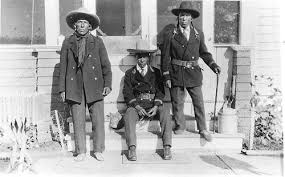 Initially appointed as a councilor because of his relation to Bobtail, Jean-Baptiste later formed his own band when the Hobbema Reserve (now Maskwacis) was divided. His older brother Bobtail gave him a portion of the reserve, creating what would become the Ermineskin Reserve. Jean-Baptiste then appointed his own councilors, including Louis Bull, who would later request his own land, forming the Louis Bull Reserve. This series of divisions ultimately led to the formation of the Four Nations of Maskwacis: Ermineskin Cree Nation, Louis Bull Tribe, Samson Cree Nation, and Montana First Nation. His leadership and vision during this crucial period of transition for the Cree people established a legacy of community-focused governance that continues to this day.
Initially appointed as a councilor because of his relation to Bobtail, Jean-Baptiste later formed his own band when the Hobbema Reserve (now Maskwacis) was divided. His older brother Bobtail gave him a portion of the reserve, creating what would become the Ermineskin Reserve. Jean-Baptiste then appointed his own councilors, including Louis Bull, who would later request his own land, forming the Louis Bull Reserve. This series of divisions ultimately led to the formation of the Four Nations of Maskwacis: Ermineskin Cree Nation, Louis Bull Tribe, Samson Cree Nation, and Montana First Nation. His leadership and vision during this crucial period of transition for the Cree people established a legacy of community-focused governance that continues to this day.
This dual heritage—connecting us to both Métis fur traders and Cree leadership—reflects the complex interconnections that have always characterized Saskatchewan's history.
Frederick chose the Ballendine surname because he admired the Scottish fur trader who raised him. This blending of identities and traditions mirrors how we at SRS merge traditional surveying knowledge with cutting-edge technology like 3D laser scanning and remotely piloted aircraft systems.
A Tradition of Service and Precision
The Ballendine tradition of service continued through the generations. Frederick's son, John Ballendine Sr., born in 1883, worked as a surveyor for a federal survey crew—a direct 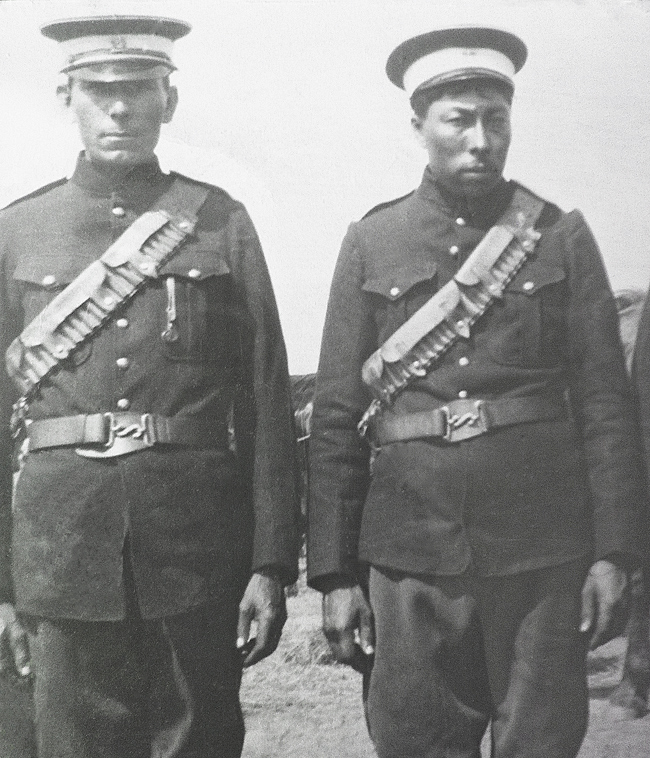 connection to our company's work today.
His career as a surveyor gave him an intimate knowledge of the Saskatchewan landscape and contributed to the mapping and development of the province during its formative years.
connection to our company's work today.
His career as a surveyor gave him an intimate knowledge of the Saskatchewan landscape and contributed to the mapping and development of the province during its formative years.
John's life took a dramatic turn with the outbreak of World War I. He enlisted in 1914, serving with the 32nd Battalion, and later with the 8th Battalion, 90th Winnipeg Rifles. He distinguished himself as an exceptional marksman, becoming a skilled sniper with 36 confirmed kills during the war. This remarkable service earned him multiple commendations for his precision, patience, and courage under fire—qualities that had served him well in his surveying work and that we continue to value in our technical operations today.
In 1916, John was wounded in battle and sent to Scotland to recover. Following his recuperation, he joined the Canadian Engineers, bringing his surveying expertise to the 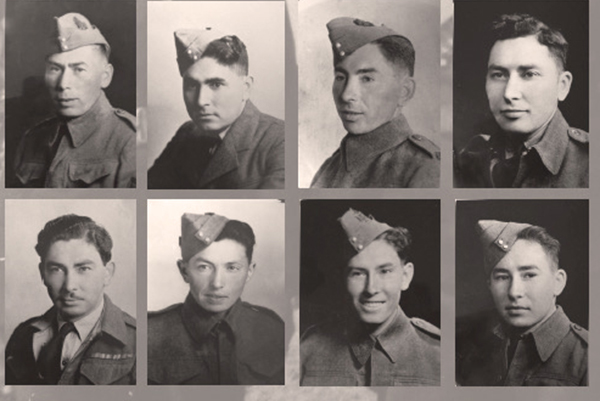 war effort in a new capacity. This adaptability—this ability to apply specialized skills to changing circumstances—is another quality that resonates with our approach at SRS today.
war effort in a new capacity. This adaptability—this ability to apply specialized skills to changing circumstances—is another quality that resonates with our approach at SRS today.
John married Marie Adelaide Ouellette on November 20, 1906, and together they raised a large family, including eight sons and one daughter, Doreen (born 1935). John's commitment to service was clearly passed down to his children—all eight of his sons followed his example by serving in World War II, creating an extraordinary legacy of family service to Canada.
These brothers, known locally as "The Fighting Ballendines" represented one of Saskatchewan's most remarkable contributions to the war effort.
The Ballendine brothers were strong, athletic men who were well-known in the community even before the war. Six of them played on the Battleford Sunrise Millers hockey team, with John Junior traveling to Japan in 1936 with the team to play exhibition games—making history as part of the first Canadian hockey team to play in Japan.
hockey team, with John Junior traveling to Japan in 1936 with the team to play exhibition games—making history as part of the first Canadian hockey team to play in Japan.
When World War II broke out, the brothers were determined to continue their family's tradition of military service. One by one, they left from the North Battleford train station, with family members gathering to see them off as they waved from the train windows. Thomas, John, Frank, Wilfred, Edward, Paul, Benjamin, and Walter all served in various capacities—from the Regina Rifles to the Royal Canadian Medical Corps and the Princess Patricia's Canadian Light Infantry. Five of the brothers served overseas, with some fighting in Italy, and all miraculously survived the war.
 Their daughter, Doreen Muriel Ballendine
"AKA Grandma Goochy-Goo", married Clem Gilles, and their daughter Patricia Gilles (born 1956) is my mother. As the current owner of SRS and a proud descendant of this remarkable lineage, I carry forward the values, skills, and vision that have been passed down through generations. Through my work, I continue the family tradition started by my great-grandfather John Ballendine Sr., mapping and understanding the Saskatchewan landscape—though with tools he could scarcely have imagined. This legacy of precision and service lives on in our approach to as-built surveys, building documentation, and topographic surveys. When we deploy advanced technology to create detailed digital representations of physical spaces, we're not just implementing cutting-edge solutions—we're honoring a family tradition of connecting people to the land that spans more than two centuries.
Their daughter, Doreen Muriel Ballendine
"AKA Grandma Goochy-Goo", married Clem Gilles, and their daughter Patricia Gilles (born 1956) is my mother. As the current owner of SRS and a proud descendant of this remarkable lineage, I carry forward the values, skills, and vision that have been passed down through generations. Through my work, I continue the family tradition started by my great-grandfather John Ballendine Sr., mapping and understanding the Saskatchewan landscape—though with tools he could scarcely have imagined. This legacy of precision and service lives on in our approach to as-built surveys, building documentation, and topographic surveys. When we deploy advanced technology to create detailed digital representations of physical spaces, we're not just implementing cutting-edge solutions—we're honoring a family tradition of connecting people to the land that spans more than two centuries.
From Voyageurs to Virtual Reality
The voyageurs of the fur trade era navigated the waterways of Saskatchewan, creating detailed mental maps of the terrain and finding the most efficient routes through challenging landscapes. Today, at SRS, we navigate complex architectural spaces and construction sites, creating detailed digital maps that allow our clients to understand their projects in new ways.
Just as our Métis ancestors stood at the intersection of European and Indigenous worlds, serving as guides, interpreters, and intermediaries, SRS stands at the intersection of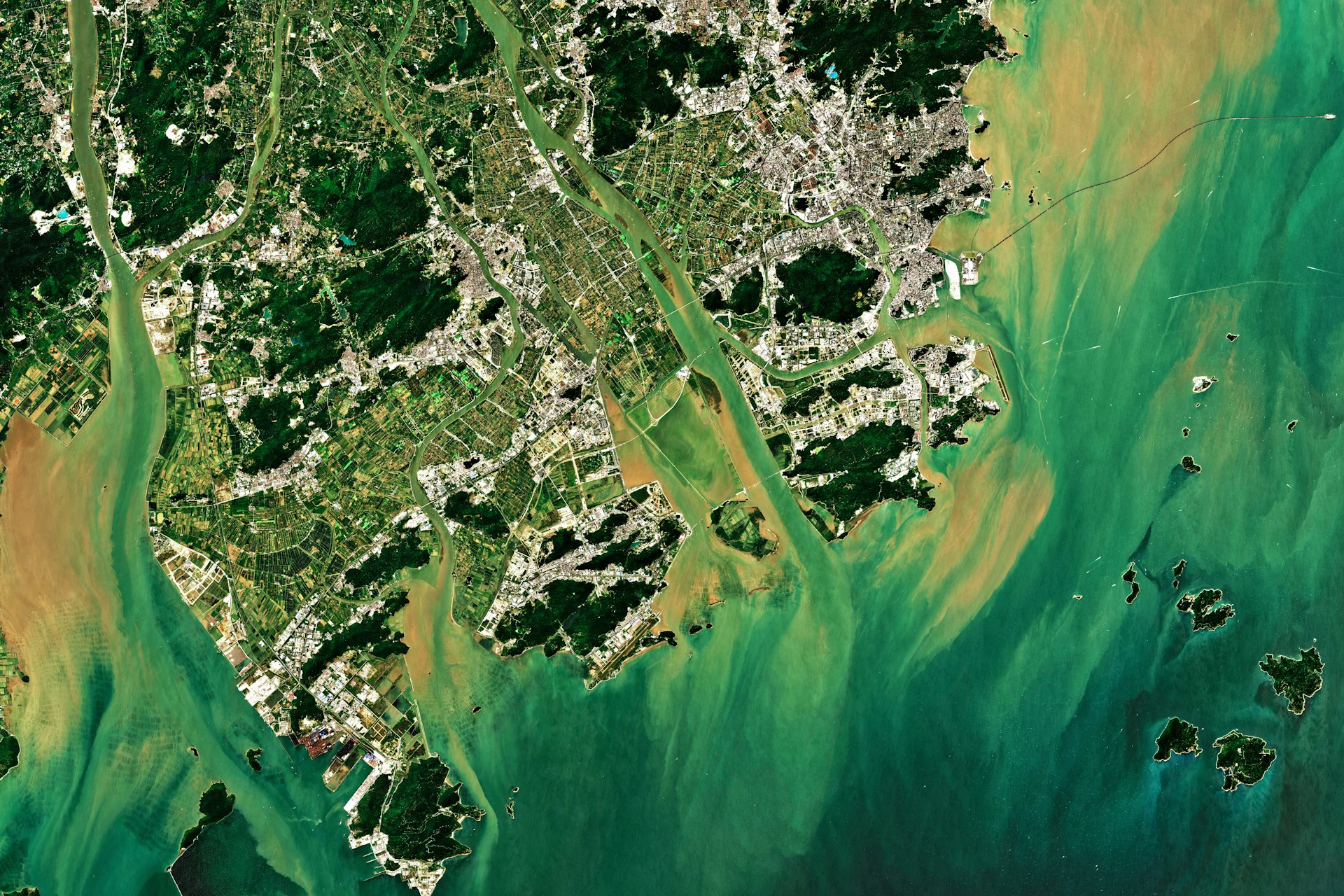 physical and digital realities. We help our clients navigate the transition from traditional construction methods to the digital future, guiding them through the process of digital transformation with the same care and cultural adaptability that characterized the Métis approach to change.
physical and digital realities. We help our clients navigate the transition from traditional construction methods to the digital future, guiding them through the process of digital transformation with the same care and cultural adaptability that characterized the Métis approach to change.
This merges the traditional Métis values of community enrichment with modern technological capabilities—a perfect embodiment of how we honor our past while embracing the future.
A Saskatchewan Business with Deep Roots
When you choose to work with SRS, you're not just supporting a local Saskatchewan business—you're supporting a company with roots that run as deep as the province itself.  From the early days of the fur trade through the treaty era, the Northwest Rebellion, and the world wars, our family has been part of Saskatchewan's story. Now, as we help shape the province's built environment through our digital services, we're writing a new chapter in that story.
From the early days of the fur trade through the treaty era, the Northwest Rebellion, and the world wars, our family has been part of Saskatchewan's story. Now, as we help shape the province's built environment through our digital services, we're writing a new chapter in that story.
Our recent certification as a Majority Métis Ownership business by MN-S reinforces this connection to place and people. It's a recognition not just of our heritage, but of our commitment to bringing the traditional Métis values of adaptability, resilience, and bridge-building into the digital age.
Heritage-Inspired Leadership
At SRS, our approach to business and technology is informed by the remarkable individuals in our lineage. When we deploy drones to survey a site or use laser scanning to document a historic building, we're participating in a family tradition of mapping and understanding the land that goes back to John Ballendine Sr.'s work as a federal surveyor in the early 1900s. When we interpret complex data for clients, we're drawing on the same skills that made Peter Ballendine an invaluable interpreter during the Treaty 6 negotiations.
The leadership principles we apply in business echo those demonstrated by Jean-Baptiste Wabiskawan Piché "Ermineskin," who shaped the formation of what would become the Ermineskin Cree Nation through his vision and community-focused leadership. And the commitment to service that drives our company reflects the sacrifice and dedication shown by the eight Ballendine brothers who served in World War II.
Looking Forward While Honoring the Past
At SRS, we believe that understanding where you've come from helps you chart where you're going. Our Métis heritage informs our approach to business in countless ways—from our commitment to building relationships across different sectors to our ability to adapt to changing technologies and needs.
As we continue to grow and evolve, providing cutting-edge digitization services to the Architecture, Engineering, Construction, and Owner-Operator sectors, we carry with us the lessons of our ancestors. We understand that technology is most powerful when it connects people and communities rather than dividing them. We know that the most valuable innovations are those that respect traditional knowledge while opening new possibilities.
And we recognize that, just as our Métis and Cree ancestors were stewards of the land, we have a responsibility to use our technological tools to support sustainability and responsible development in Saskatchewan. This responsibility is embedded in our vision to enhance community infrastructure, development, and the environment.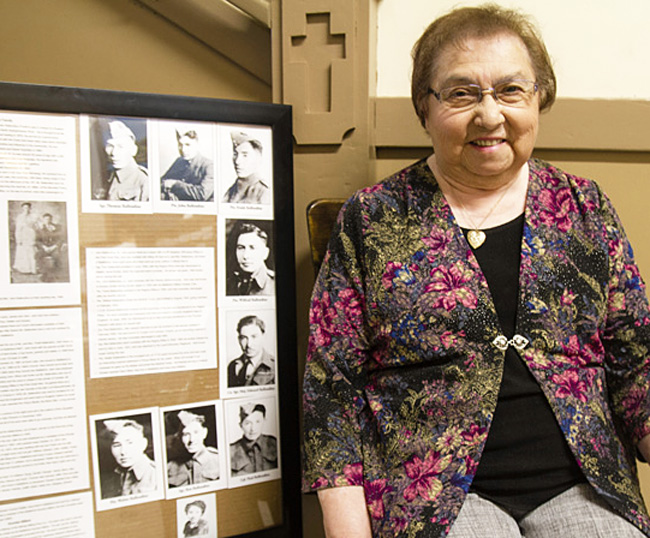
When you choose to "buy local" and work with SRS, you're not just getting state-of-the-art geospatial consulting services—you're connecting with a living piece of Saskatchewan history and supporting the continued evolution of our province's unique cultural heritage.
The journey from John Ballendine's canoe to our laser scanners spans generations, but the core values remain the same: connection, precision, adaptability, and service to community. These are the values that have sustained our family through changing times, and they're the values that drive SRS forward into the digital future.